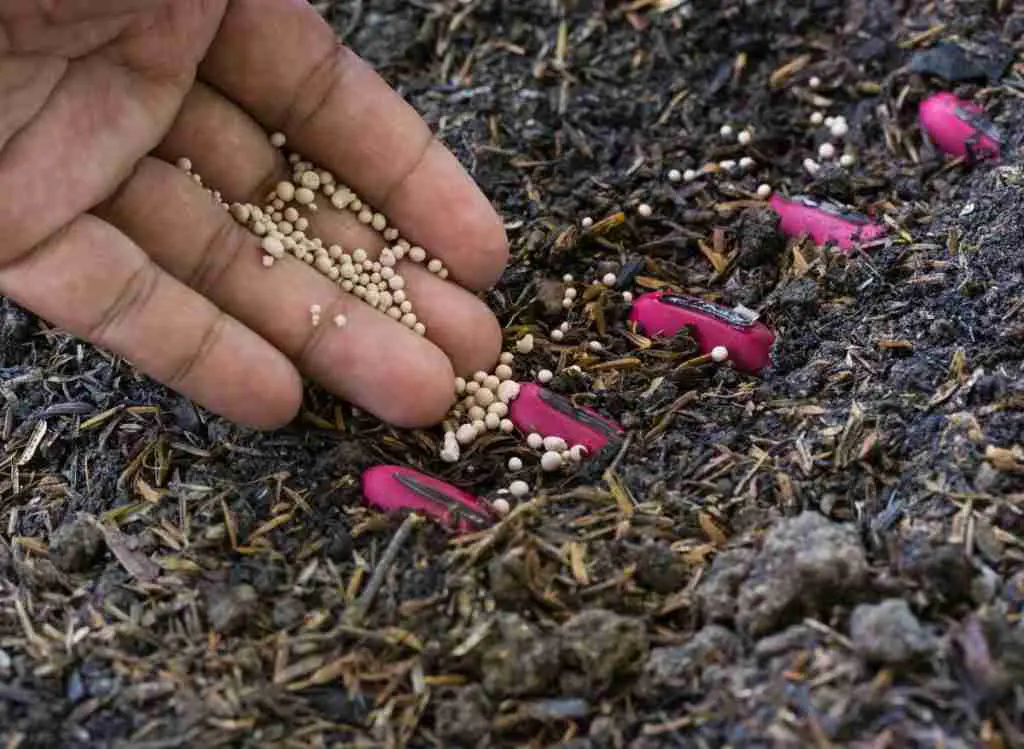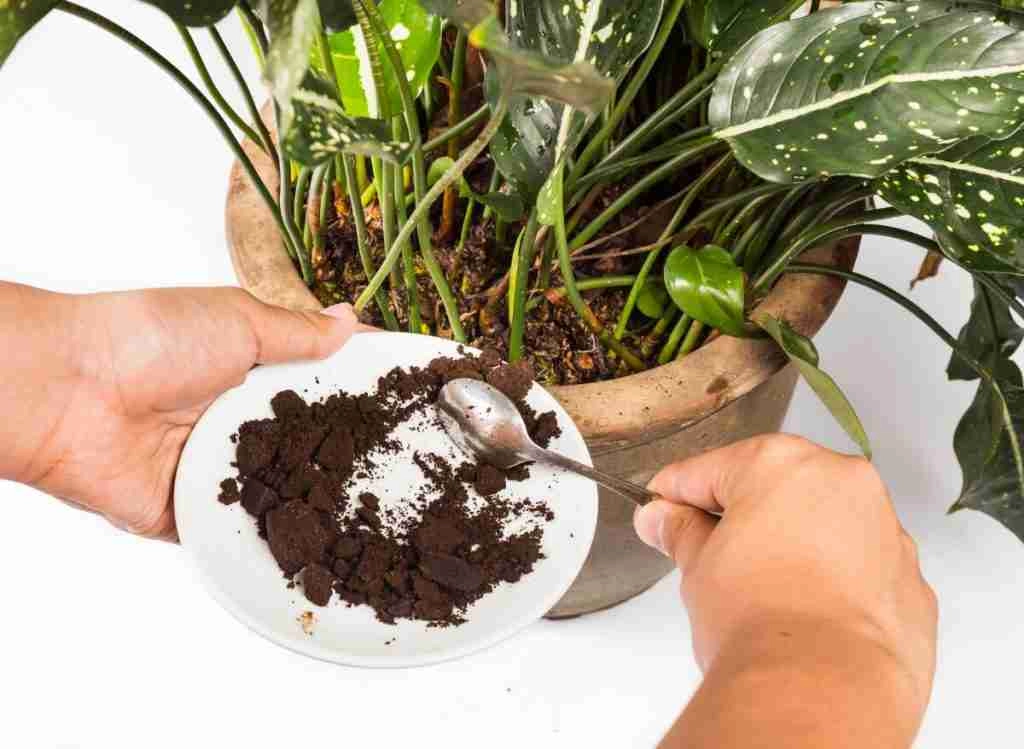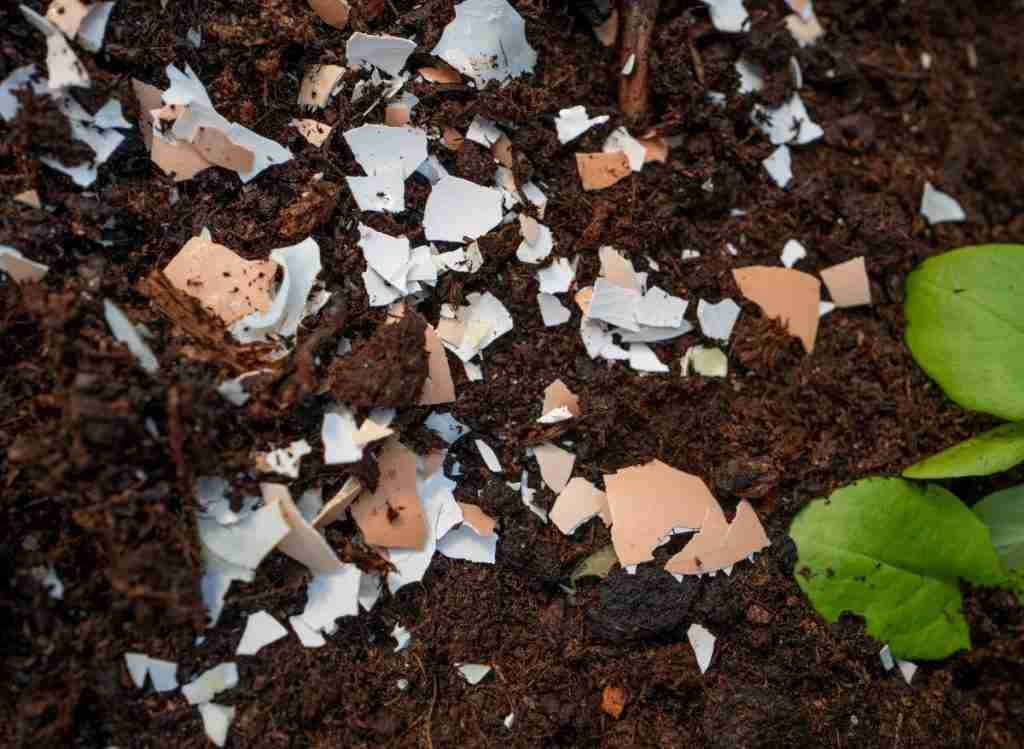This post contains affiliate links.

When growing a beautiful garden of flowers or vegetables, it is important to use a good fertilizer, so the plants can grow large and beautiful.
One common fertilizer that gardeners have used has been Miracle-Gro, but with the shift to more organic fertilizers becoming more evident, many have begun to look toward other alternatives to the popular fertilizer.
This article will discuss ten good alternatives to Miracle-Gro. Continue reading to learn about what each of the different fertilizers is best used on and why they are good alternatives to the popular Miracle-Gro.
See also: Are Fertilizer And Plant Food The Really Same: Here’s The Truth!
Here are the 10 Miracle Gro Alternatives To Check Out
1- Scotts Turf Builder Lawn Food
Scotts Turf Builder Lawn Food is meant to help build a better, greener lawn. Some key features of Scotts Turf Builder Lawn Food are:
- It can be applied in any season.
- It helps your lawn better absorb nutrients and water.
- Feeding your lawn regularly helps it to look its best despite the wear of weeds, activity, and the weather.
This fertilizer can be applied to any type of grass during any season. In order to get the best results for your lawn, it is recommended to feed your lawn every 6-8 weeks. Users of Scotts Turf Builder Lawn Food agree that proper use of this lawn food leads to greener lawns and stronger grass.
2- Jobe’s Organic Flower & Rose Granular Fertilizer with Biozome
If you are looking for a fertilizer to help grow healthy and beautiful plants, Jobe’s Organic Flower & Rose Granular Fertilizer is a good option for you. Some features of Jobe’s Organic Flower & Rose Granular Fertilizer are:
- It is easy to use.
- The formula is fast-acting.
- The fertilizer increases microorganism activity.
- It is safe to use around pets and children.
- It is organic.
A major ingredient is Biozome which is a combination of Mycorrhizal fungi, Archaea, and healthy bacteria. Other ingredients that are included in this fertilizer are:
- Bone Meal
- Potassium
- Feather Meal
- Processed manure
See also: How To Use Nematodes To Successfully Control Garden Pests!
This fertilizer can be used for all flowers and roses. It is to be applied when planting and then every 6 weeks. Users of this fertilizer have claimed that it has worked well to help their flowers bloom into more beautiful flowers than those who were not fertilized with it.
3- HastaGro
HastaGro is perfect for foliar application, where the plant directly absorbs the nutrients. In order to prevent leaf burn, the formula for this plant food is low-salt and low-chemical. Some features that make HastaGro a great alternative are:
- It prevents the buildup of salt and chemicals.
- It promotes fruiting and blooming.
- It helps to build biological activity in the soil.
- It has a gentle formulation for foliar application.
- It is excellent for transplanting your plants from one location to another.
It works in both flower beds and flower pots. One ounce is to be mixed per gallon of water, and it is applied through a water can or similar tool. You are to water the soil around the plant using this mixture, then repeat this process every 3-4 weeks during the growing season.
Users agree that HastaGro works well for their plants and is loved by their plants.
4- Jacks Prof 77010 General Purpose Fertilizer, 20-20-20 Fertilizer
This fertilizer is great for maintaining different types of plants. Jacks Prof 77010 General Purpose Fertilizer helps your plants grow greener and allow for greater leaf expansion on your plants.
The potassium in the fertilizer, balanced with phosphorus, allows for excellent root growth as well as excellent shoot growth. This fertilizer also has a high amount of nitrogen and ammonium.
To spread this fertilizer, it must be mixed with water and watered onto the plants. Users of this fertilizer have claimed that it has worked well on both their indoor and outdoor plants. They also like that the formulation of the fertilizer is 20-20-20, which means it includes 20% nitrogen, 20% phosphorus, and 20% potash. This balance works well to allow the plants to grow better.
5- AgroThrive All-Purpose Organic Liquid Fertilizer
AgroThrive All-Purpose Organic Liquid Fertilizer is created to work on any plant. Like other fertilizers that have been mentioned, it is best to mix this fertilizer with water and water your plants in order to get the best results. Some features that this fertilizer will provide for your plants are:
- Your plants will grow faster
- The roots will have better simulation.
- There will be higher yields of vegetables and fruits
- The plant is better protected
- The fruits and vegetables will be more flavorful
See also: How To Get Rid Of Golden Rain Tree Bugs Faster: A Complete Guide
AgroThrive All-Purpose Organic Liquid Fertilizer is safe for home use. It is pet, home, and garden safe. Due to fertilizers coming in contact with the food we may eat, it is important that the fertilizer is pathogen-free. Users enjoy the well-balanced fertilizer and have enjoyed the way their plants look, thanks to its use.
There are also various all-natural fertilizers you can use in your garden or with potting soil. You can make most of these fertilizers from your pantry or backyard for everyday household items.
6- Homemade Miracle Grow
However, many organic gardeners don’t like using fertilizers with chemicals and prefer to use other more natural forms of fertilizer.
Using household items, you can quickly make a homemade Miracle Grow fertilizer for your plants.
See also: 5 Zinc Toxicity Symptoms You Need To Look Out for in Your Plants
What You Will Need To Make your own homemade Miracle Grow
To make a homemade Miracle Grow fertilizer combine the following ingredients:
- 2 gallons of water
- 2 tablespoons of Epsom salt – (ensure you get the non-fragrance non-scented to avoid any added chemicals) Epsom salt is an excellent source of magnesium for plants, essential for photosynthesis and absorbing other vital minerals.
- 2 tablespoons baking soda – a natural fungicide protecting plants from lethal diseases and helping remove any mildew.
- 1 tablespoon of Household ammonia – (remember, when handling ammonia, you don’t want to breathe it or get it in your hands (handle it with care)). Ammonia is an excellent source of nitrogen, which is essential for your plants’ lush, leafy growth.
- Watering can
- Large bowl or container
Directions
- Pour all the ingredients into a two-gallon container, add a little water first, and mix it well.
- Pour the mixture directly onto the soil of plants once a month.
- For two gallons of water, you want to add one-eighth (1/8) of the concentrate.
- The amount of homemade Miracle Grow needed will depend on the size of your garden.
Application
- Pour the mixture into your watering can.
- Water your flowers and plants with the mixture on the soil around the plant.
- Use regularly to water your plants. Remember that for every two gallons of water you use, you want to add one-eighth of the concentrate, and do this once a month for the springtime and the summertime.
- Mix all the ingredients and apply them once a month to your plants.
See also: How To Naturally and Successfully Get Rid Of Cutworms (Simple yet handy hacks!)
Check out the short video below to see how to make your own homemade Miracle Grow
7- Animal Manure
Animal manure supplies your garden with primary nutrients (nitrogen, phosphorus, and potassium) and micronutrients.
Adding soil organic matter to your garden help:
- Improve soil structure
- Promote the growth of beneficial soil organisms
- Increase the water-holding capacity of granular soils.
- Provide a source of slow-release nutrients.
- Improve drainage in sandy soils.
As a general rule, use only manure from herbivores (plant-eating animals) as fertilizers like chickens, cows, and sheep. And, never use cat, dog, or pig manure in compost piles or vegetable gardens.
| Manure type | Features | Quantity in pounds to use per 100 square feet |
| Dairy cow | No bedding | 75 |
| Dairy cow | With bedding | 95 |
| Dairy cow | Composted | 200 |
| Horse | With bedding | 65 |
| Poultry | No litter | 20 |
| Poultry | With bedding | 30 |
| Poultry | Composted | 70 |
| Sheep | No bedding | 40 |
| Sheep | With bedding | 50 |
8- Coffee Grounds
You can use coffee grounds as Miracle Gro alternatives. Many plants, including Azaleas, tomatoes, blueberries, roses, and rhododendron, thrive best in acidic soil, and recycling your coffee grounds can help acidify your soil.
Coffee grounds are naturally acidic and contain essential plant nutrients (nitrogen, magnesium, and potassium).
What You Will Need
- Used coffee grounds
- Newspaper
- A cookie sheet
See also: Basic Gardening Tools: The Essential Tools You Need to Start a Garden

9- Eggshells
Plants need calcium to flourish, and eggshells are rich in calcium carbonate, the main ingredient in agricultural lime.
Calcium helps plants develop a strong cellular structure, and calcium deficiency is visible in young plants because the leaves have black spots or become twisted.
- Collect shells during the winter so that you have enough supply at planting time.
- Wash and dry the surfaces to remove any egg residue.
- Crush and sprinkle the shells nearby the plants in your garden.
See also: Here’s How You Can Save Money Gardening

10- Compost is high in microorganisms and nutrients suitable for your garden
Food scraps and yard waste constitute more than 30 percent of what Americans throw away instead of composting, revealed the United States Environmental Protection Agency. Next time, you can save these wastes, add compost to your garden’s soil, and help your plants grow.
In addition, compost is high in microorganisms and nutrients suitable for your garden.
Benefits of composting
- An excellent Miracle Gro alternative
- Provide essential nutrients to your garden’s soil
- Suppress plant diseases and pests and help retain moisture
- Promotes the production of beneficial bacteria and fungi
- Help protect the environment via recycling
See also: Aeroponics vs. Hydroponics: Which one is best for you?
| What You Can Compost | What You Should Not Compost |
| – Fireplace ashes – Wood chips – Cotton and Wool Rags – Hair and fur – Yard trimmings – Hay and straw – Sawdust – Leaves – Houseplants – Grass clippings – Paper – Shredded newspaper – Cardboard – Nutshells – Teabags – Eggshells – Coffee grounds and filters – Fruits and vegetables | – Yard trimmings treated with chemical pesticides – Pet wastes, for example, dog or cat feces – Black walnut tree leaves or twigs – Diseased or insect-ridden plants – Fats, grease, lard, or oils – Meat or fish bones – Dairy products, including butter, milk, sour cream, yogurt – Eggs (not Eggshells) – Coal or charcoal ash |
Final Thoughts
While Miracle-Gro has been shown to be a good choice to fertilize the different plants and vegetables you may be growing in your garden, there are many other fertilizers that can serve as good alternatives to the popular fertilizer. While there are some fertilizers that work well for all plants, some are best for specific types of flowers and vegetable plants.
Scotts Turf Builder Lawn Food, for example, will work best on the grass in your lawn rather than a garden filled with flowers, such as roses. On the other hand, Jobe’s Organic Flower & Rose Granular fertilizer will work best with different types of flowers and roses. These 10 that have been discussed in this article are great alternatives to Miracle-Gro, but there are many other fertilizers that may work better for your garden.


